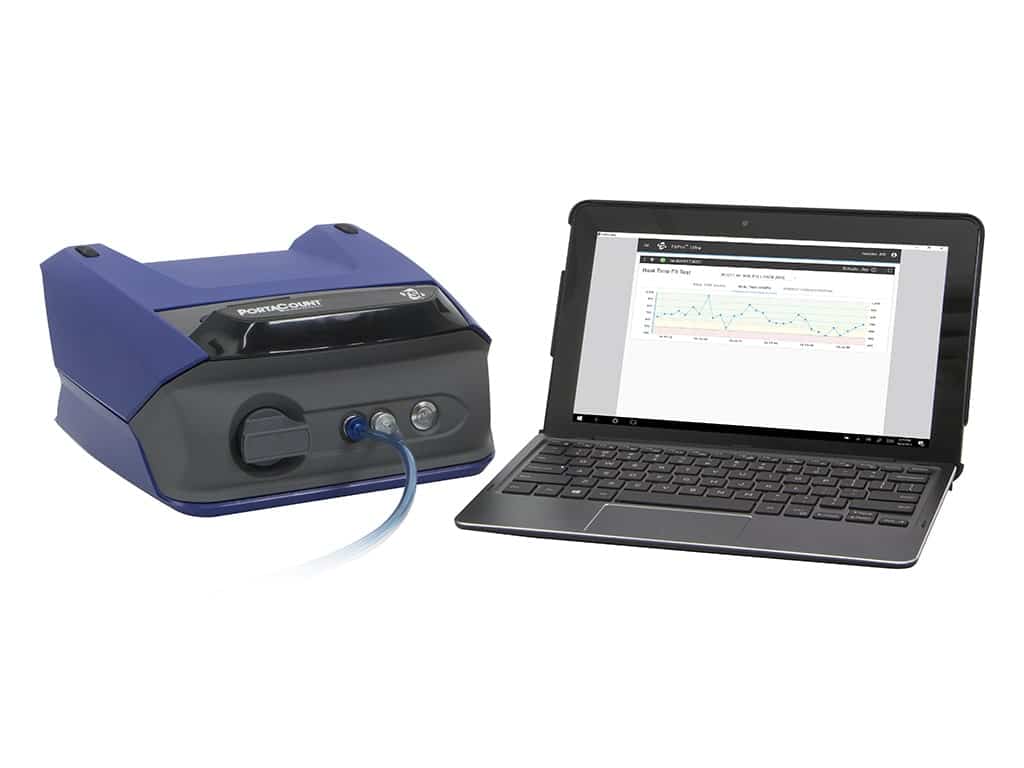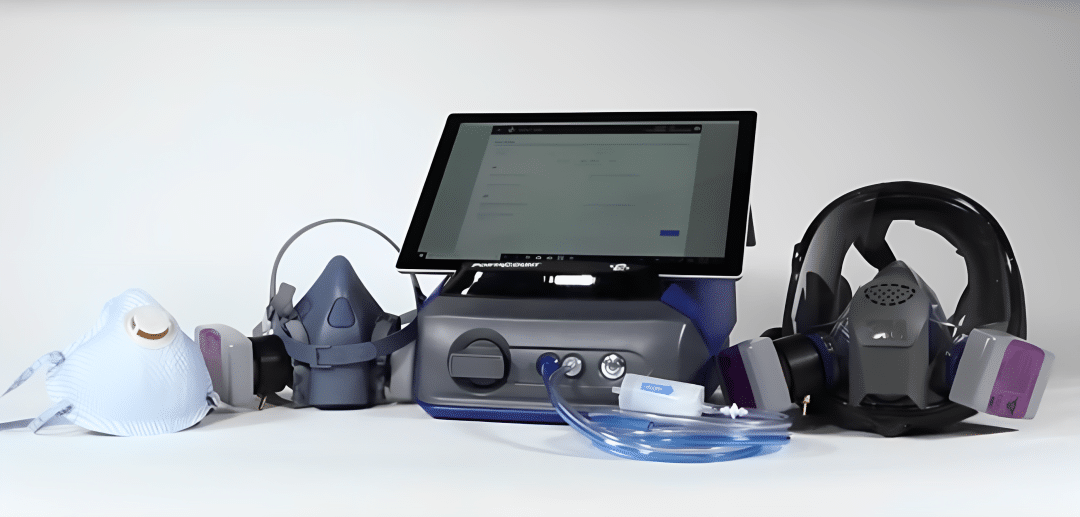The Importance of Respirator Fit Testing in Queensland
In Queensland, workplace safety regulations are stringent, and rightly so. One of the biggest concerns for workers is respiratory risks, especially in jobs where they’re exposed to harmful airborne particles, gases, and vapours regularly. That’s why respirators are so important – they provide crucial protection. But here’s the thing: just wearing a respirator isn’t enough. It has to fit properly to work effectively. That’s where respirator fit testing comes in – it ensures that the respirator fits you perfectly and provides the protection you need.
Understanding Respirator Fit Testing
Fit testing is a process that helps make sure your respirator is properly sealed to your face and keeps you safe from any harmful particles in the air. By assessing how well the mask fits and seals, we can minimize the chance of any contaminants getting in. It’s done by checking for any leakage around the edges of the mask or through its filter.
There are two main methods of fit testing:
Qualitative Fit Testing: This is completed by placing a hood over the user’s head while wearing the respirator and spraying a chemical solution (Bitrex) into the hood. If the user can taste the chemical solution the seal on the respirator is inadequate. This test is quick and cheap however it relies on the subjective response of the user of the respirator – which is not always reliable.
Quantitative Fit Testing: A quantitative fit test is more objective than a qualitative fit test as it uses a specialist instrument to measure the amount of leakage occurring at the face seal. This is done using a highly technical piece of equipment – the TSI PortaCount (8048). The user is connected to the machine wearing a respirator, a dual tube connected to both the respirator and outside the respirator, they are then asked to do several exercises, designed to simulate movement on a normal day. The tubes sample the air and count all the particles present – the machine and computer then do a calculation based on these particles both inside the respirator vs the particles free floating in the surroundings. This calculation is called a fit factor.
These tests are used for disposables and the ½ and full-face respirators. Positive pressure masks do not need to be fit tested.
 AUS/NZ Respiratory Protection Standards
AUS/NZ Respiratory Protection Standards
Under Australian New Zealand Standard AS/NZS 1715, “fit tests on tight-fitting respirators are required annually, with further fit tests required when a worker wears a new size, style, model or make of face mask, as well as if there are significant facial changes that may affect fit.” Respirator masks are a reliable protection method, but their effectiveness is contingent upon a proper fit. Masks that fit poorly allow airborne contaminants to seep through gaps between the skin and material, compromising the safety of workers and exposing them to harmful particles. Respirator fit testing is a crucial measure to ensure that respirators are functioning properly and providing sufficient coverage.
How we can help keep you safe in the workplace
At Sedl Agencies, we care about your safety in the workplace and want to make sure that you are protected. That’s why we offer quantitative respirator fit testing services using the TSI PortaCount model 8048. Our friendly specialists are here to help and have weekly appointment times to suit your schedule. If you would like to book an appointment or make an enquiry, get in touch here and a member of our team will be happy to assist you.

